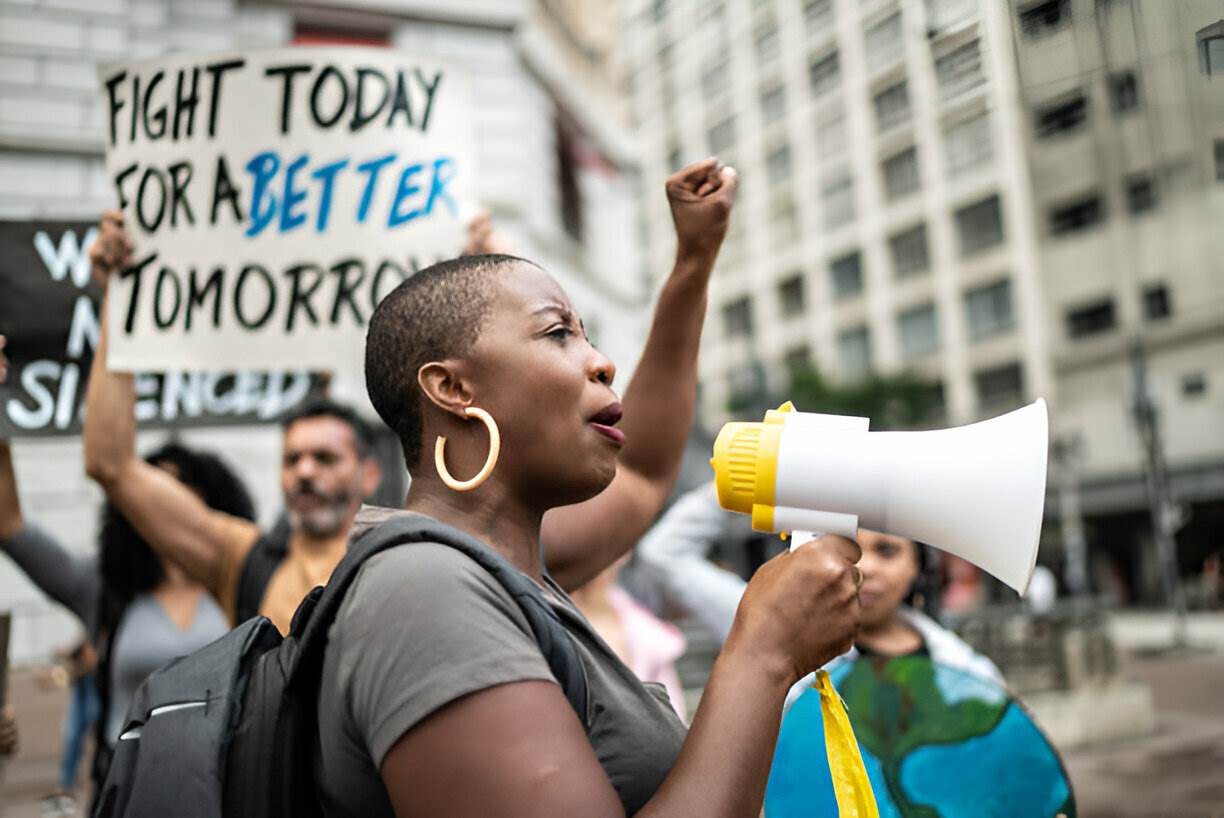Social movements push for legal changes by advocating for civil rights, labor protections, and environmental policies. Through protests and legal action, they influence lawmakers to enact reforms. These efforts reflect shifting public opinion and societal needs. Understanding their role helps explain how laws evolve.
Contents
Civil Rights and Equality
Civil rights movements have led to major legal reforms combating discrimination. Activists fought for racial and gender equality, resulting in stronger anti-discrimination laws. Court rulings influenced by activism set legal precedents. Continued advocacy ensures that equal rights remain a priority.
Public pressure and legal battles work together to push for change. Holding lawmakers accountable is crucial for lasting legal protections. Without activism, many civil rights advancements might not have happened. Each generation builds upon previous victories.
Labor Rights and Workplace Protections
Labor movements have improved working conditions through strikes and negotiations. Laws now mandate fair wages, safer workplaces, and anti-discrimination policies. Activists continue pushing for rights in evolving industries. Without their efforts, worker protections would be weaker.
Unions and advocacy groups pressure lawmakers for stronger labor laws. Gig workers and parental leave policies are new areas of concern. Labor laws must adapt as workforces change. Sustained activism ensures fair treatment for employees.
Environmental Regulations
Environmental movements have driven legal reforms to combat climate change and pollution. Stricter regulations on emissions and conservation efforts result from activism. Governments respond to public pressure by enacting environmental laws. Legal action reinforces policy changes.
Protests and petitions bring awareness to environmental issues. Landmark court cases protect ecosystems and public health. Activists continue pushing for sustainable policies. Strong legal frameworks ensure long-term environmental protection.
Women’s Rights and Legal Protections
Women’s movements have secured reproductive rights, equal pay, and protections against harassment. Legal reforms improve access to education and workplace fairness. Advocacy keeps gender equality a legislative priority. Ongoing efforts help close remaining gaps.
Governments enact laws against gender-based violence due to activism. Public pressure ensures enforcement of these protections. As society evolves, new legal challenges arise. Activism remains key to continued progress.
LGBTQ+ Rights and Legal Recognition
LGBTQ+ movements have influenced legal protections against discrimination. Marriage equality and workplace rights emerged from activism. Laws now safeguard against unfair treatment in housing and employment. These changes reflect shifting societal attitudes.
Court decisions uphold protections for LGBTQ+ individuals. Continued advocacy prevents legal rollbacks. Activists push for broader rights and recognition. Legal progress ensures equal treatment under the law.
Criminal Justice Reform
Movements for criminal justice reform address mass incarceration and racial profiling. Activists push for fair sentencing and police accountability. Legal reforms focus on rehabilitation and reducing systemic bias. Public awareness plays a crucial role in these changes.
Court rulings and new policies stem from years of advocacy. Activists demand changes in policing and prison conditions. Reforms aim to create a more just system. Legal improvements continue as challenges arise.
Conclusion
Social movements are powerful drivers of legal reform. Activism leads to laws that protect rights and promote fairness. From civil rights to environmental policies, these efforts shape modern legal systems. Sustained public pressure ensures continued progress. As society changes, legal reforms will follow.

